
許多朋友都曾為愛,心甘情願地當過愚人, 用心地付出了許多,卻不曾求相對的回應, 時間,是真愛最好的檢驗,生命中的智者, 也是一切虛實的答案,暈開了人性的真偽; 而電影,像人生中一面明鏡,映照出你我的內心; 以文字自省與反思,分享療癒給那等待引領的人們。
(Taipei Travel) "Water Lily Pond in Front of the National Taiwan Museum of Art Education" --- Pink and purple water lilies are graceful and graceful, reflecting the sky with the fish swimming in the pond.

(This article was simultaneously published in " SJKen's Glimpse ", and " SJKen's Food and Travel Hands FB Fan Page ". The travel experience is the moderator's personal subjective experience after playing, and the experience varies from person to person.)
On the morning of May 29, 2022, I went to Taipei Botanical Garden to appreciate lotus flowers. I found a row of potted water lilies on the side of the lotus pond. After walking out of the Taipei Botanical Garden, it was next to Nanhai Academy, which is located on both sides of the National Taiwan Museum of Art Education. Large and small water lily ponds, including blue, purple and pink, from half-open to left-open, the flowers and shadows are really beautiful!
Water lily, also known as Meridian lotus, cress flower, Rui Lian, water lily or small lotus according to Wikipedia , is an aquatic plant belonging to the water lily family Nymphaeaceae, a perennial aquatic herb with red, pink orange and blue-purple colors. , the appearance is similar to the lotus, the difference is that the leaves and flowers of the lotus stand out of the water, while the leaves and flowers of the water lily float on the water. Water lilies are mainly distributed in the northern hemisphere, from East Asia (such as China, the Korean Peninsula, Hokkaido, Mongolia, etc.), Central Asia, Siberia, Southeast Asia (such as Vietnam, Myanmar), India, Eastern Europe, Northern Europe, and northwestern North America. trace.
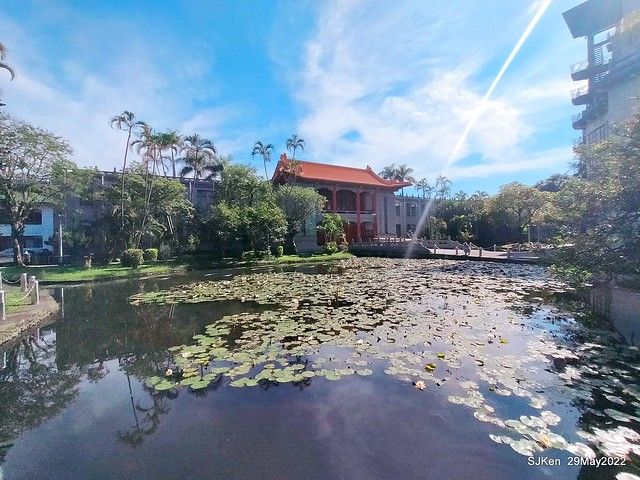

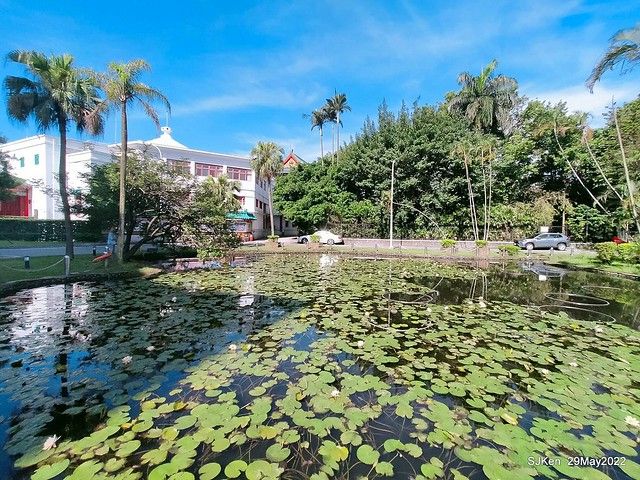
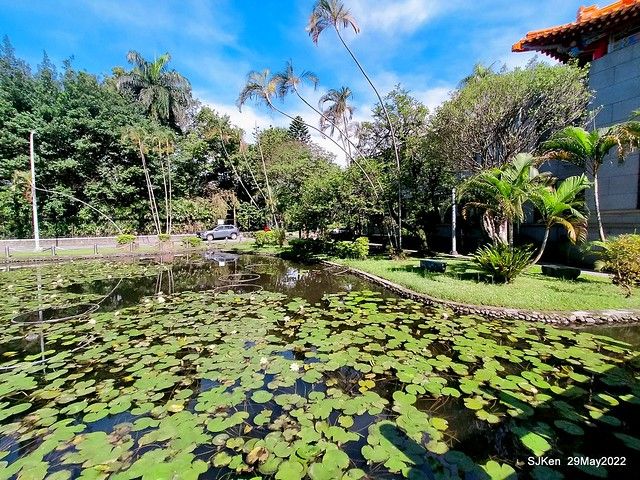
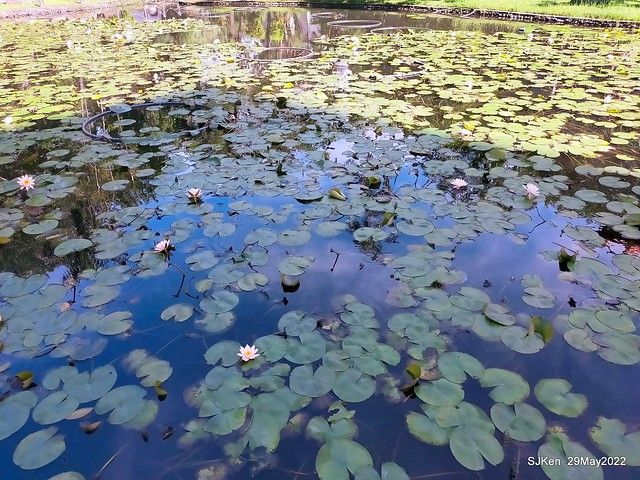

Before I introduce the "Water Lily Pond in Front of the National Taiwan Museum of Art Education", I will take you back to the potted water lily on the side of the lotus pond in the Taipei Botanical Garden. The two water lilies, pink orange and blue and purple, were photographed that day, lazily. Reclining on the corner of the potted plant, it exudes a charming drunken face. The water lily is a perennial aquatic herb. Its appearance is similar to that of the lotus. The leaves and flowers of the water lily float on the water.
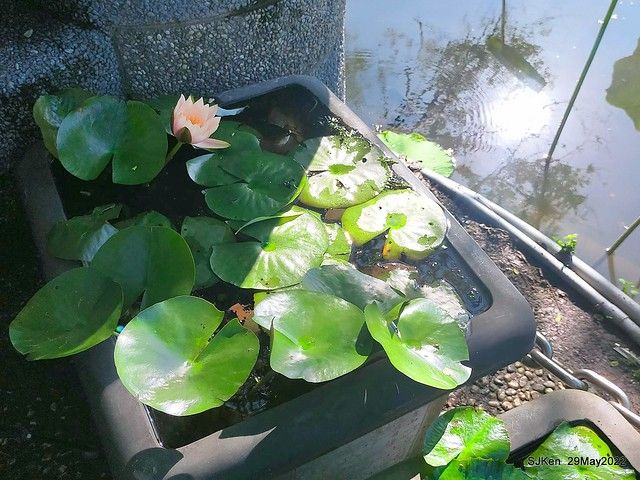
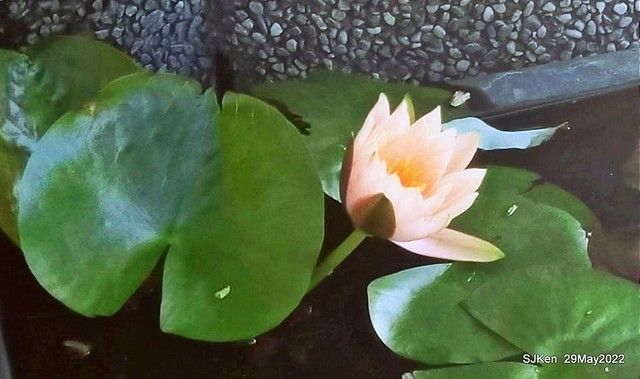
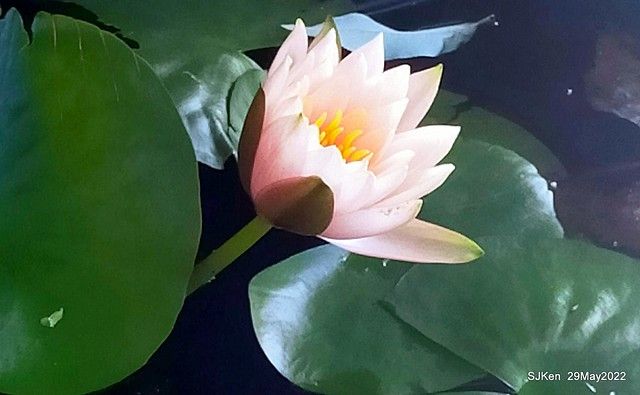
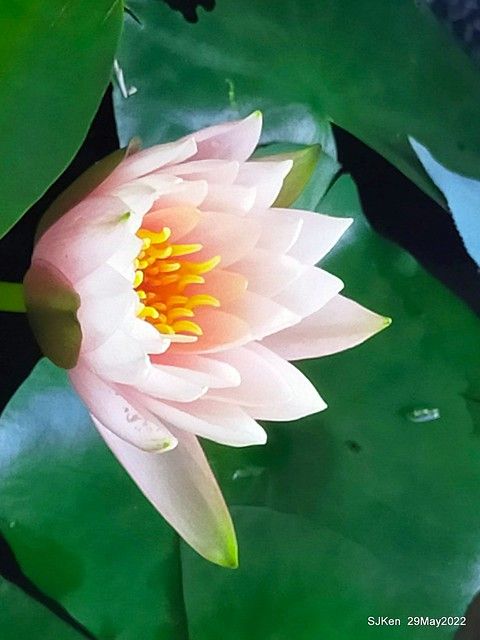
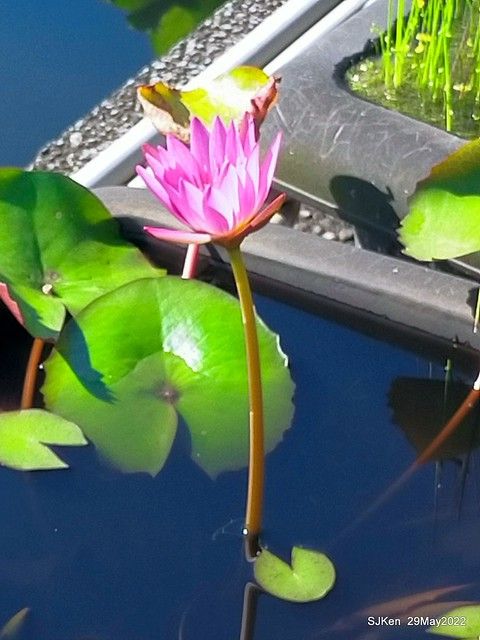

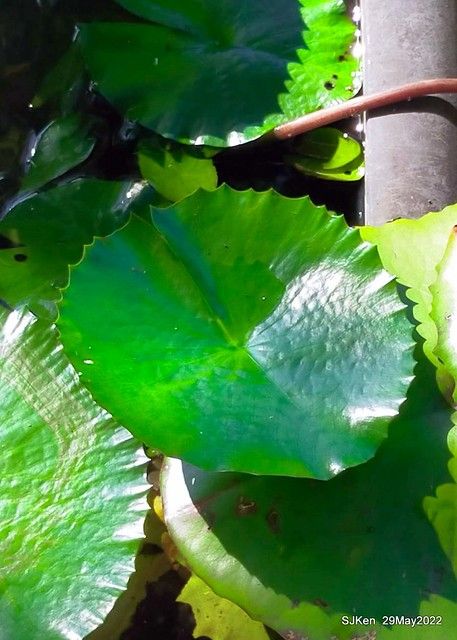
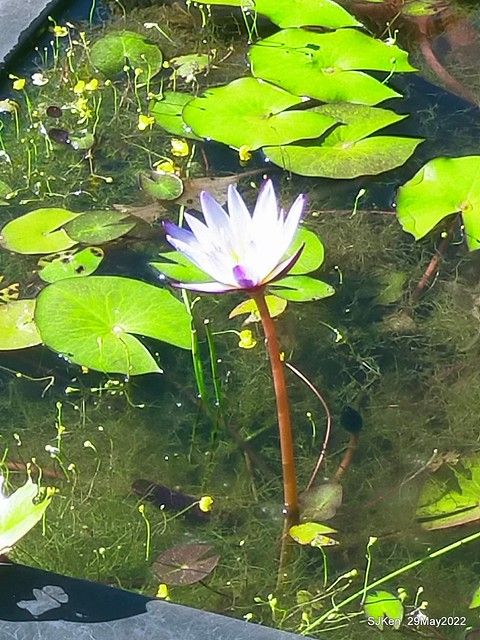

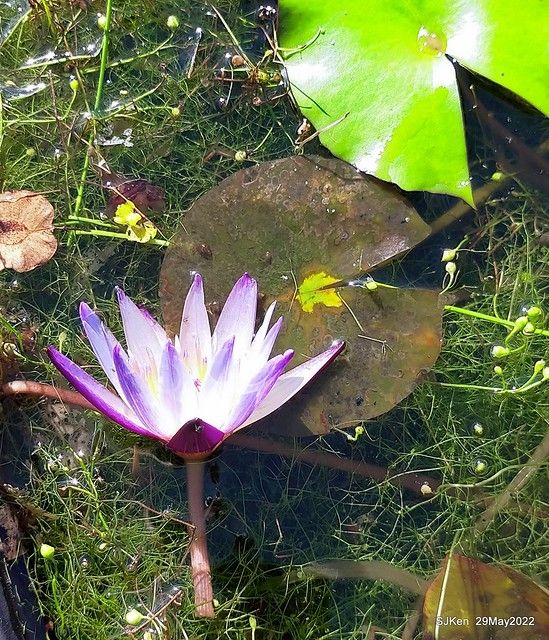
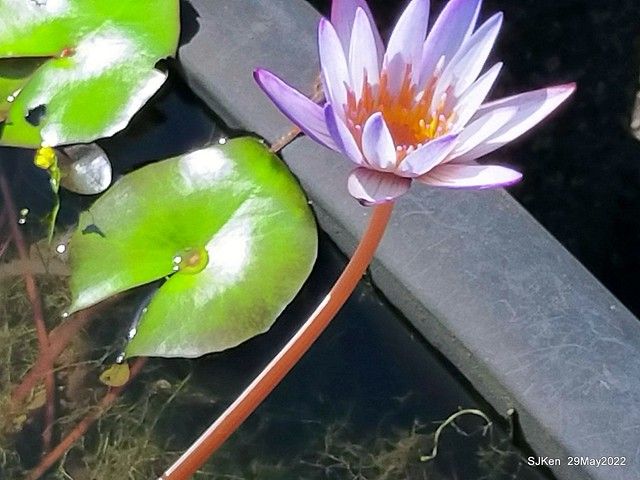

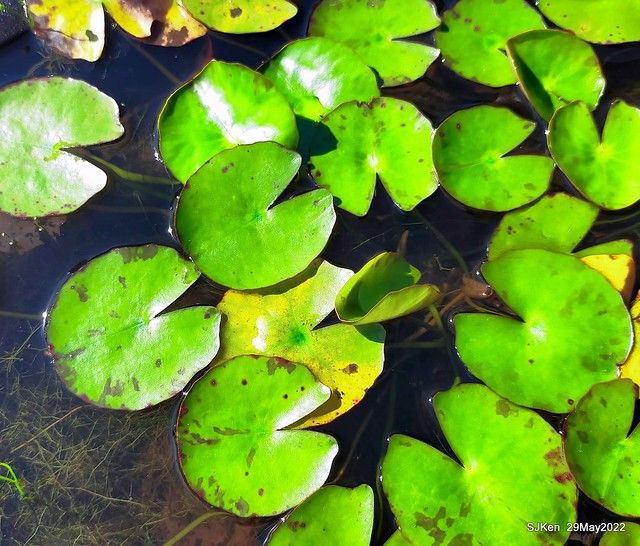
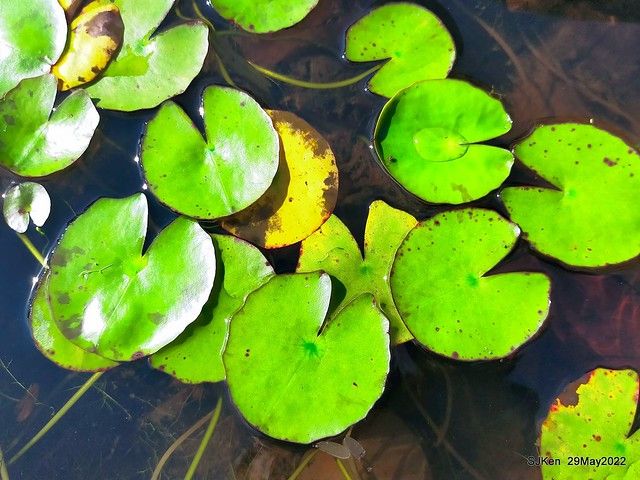
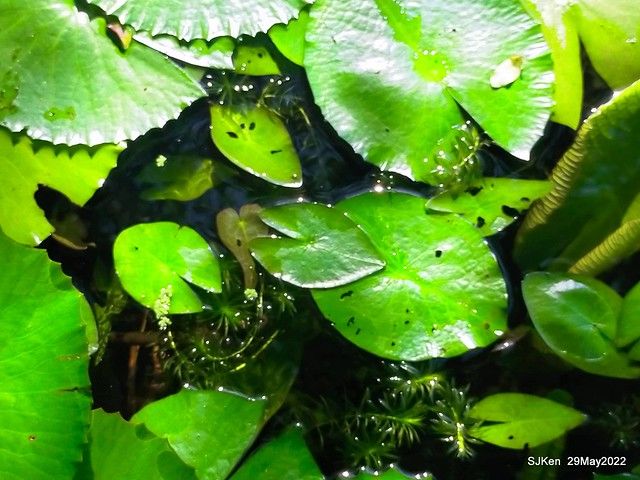

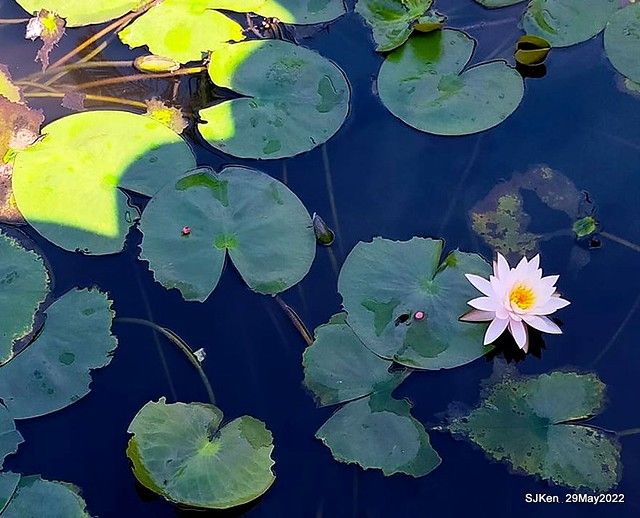
In addition to the water lilies that day, the wine cup Sophora japonica was also photographed, densely clustered like a beehive, with a different style.

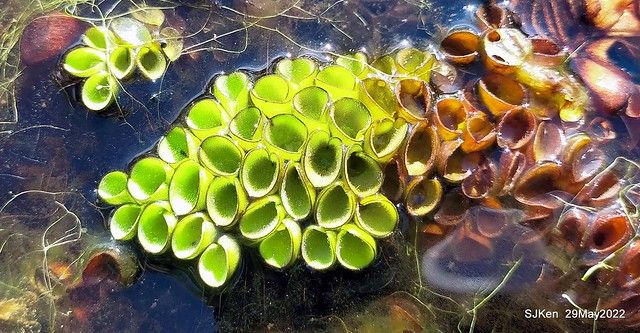
After admiring a small part of the potted water lilies by the lotus pond in the Taipei Botanical Garden, I came to the large water lily ponds on both sides of the entrance of the "National Taiwan Art Education Center" in the "Nanhai Academy". "Before, we must first mention "Nanhai Academy". The location of Nanhai Academy is an early developed area in Taipei City. It was originally part of "Taipei Nursery", the predecessor of Taipei Botanical Garden.
During the Japanese occupation period, there were buildings such as a commodity exhibition hall and Jiangong Shrine. Zhang Qiyun took office as Minister of Education in 1954. Under the instruction of former President Chiang Kai-shek, he started to plan the Nanhai Academy during his tenure, and successively established the "Central Library" (completed in 1955) and the "National Taiwan Science Museum" in the park. " (completed in 1959), "National Museum of History" (completed in 1964) and other facilities. After that, the park expanded year by year from 1950s to 1960s. The "National Taiwan Science Education Center", "National Taiwan Arts Education Center", "National Education Archives", and "National Music Research Institute" were all built in Nanhai Academy and became one place. A humanities special zone with many academic institutions and government agencies.
"Nanhai Academy" is a national-level cultural, educational and educational complex, and its style is the style of Chinese ancient temples", such as the Chinese palace-style "History Museum", "National Taiwan Education Archives", and the "Science Education Center" imitating the Temple of Heaven in Beijing. Etc., was the beginning of the conscious construction of Chinese classical-style buildings by Taiwanese officials in that era. The buildings in the Nanhai Academy have strong Chinese architectural characteristics, and also express the ideology of space in the early post-war period, but now that time and space have changed and regimes have changed, we will wait and see what the future fate of these beautiful buildings will be.
Back to appreciate the beauty of nature, continue to introduce water lilies. Water lilies open white flowers in autumn, open in the afternoon and close at night, and can open and close continuously for three or four days; For the "Sleeping Beauty among Flowers", when I visited on May 29, the flower condition was less than 50%. If you want to see the abundant scenery of water lilies in the pond, you may have to wait, but the swimming fish in the pond is another way. Landscape, because of the epidemic in recent years, the consequence of people not going out, has virtually given nature a chance to breathe. Without the interference of human footprints, animals and plants have proliferated in large numbers, and the number of growth is very amazing. The habit of human feeding is obviously still on them, whether it is the flock of birds along the Keelung River, the squirrels in the Chiang Kai-shek Memorial Hall, the night herons and the big and small egrets in the Dahu Park, or the swimming fish in the Taipei Botanical Garden and Nanhai Academy. When humans approach, they will still gather in large numbers. Obviously, they have lost their natural predation ability, relying on and waiting for human feeding. In the long run, this phenomenon is actually not good for the creatures of nature.
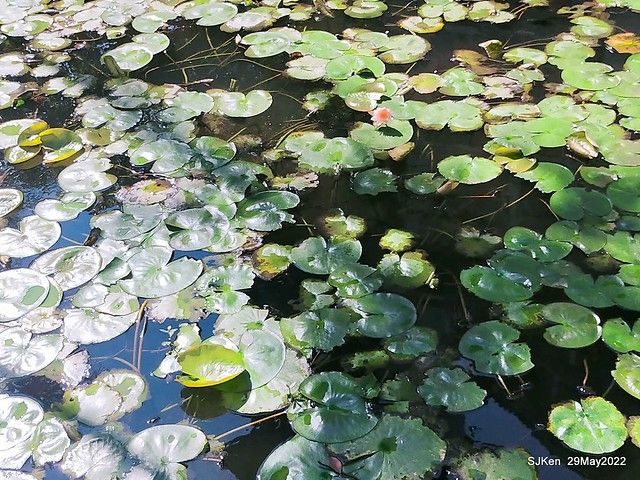
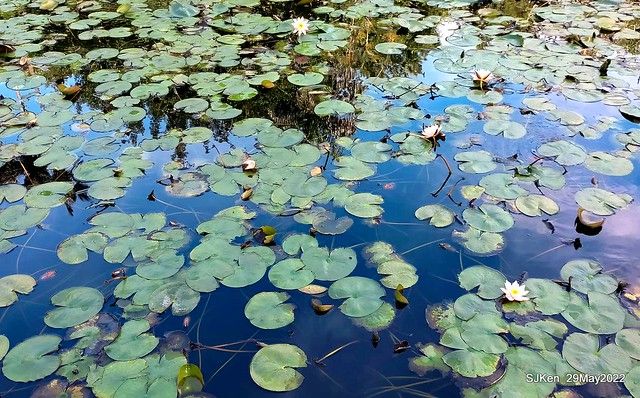
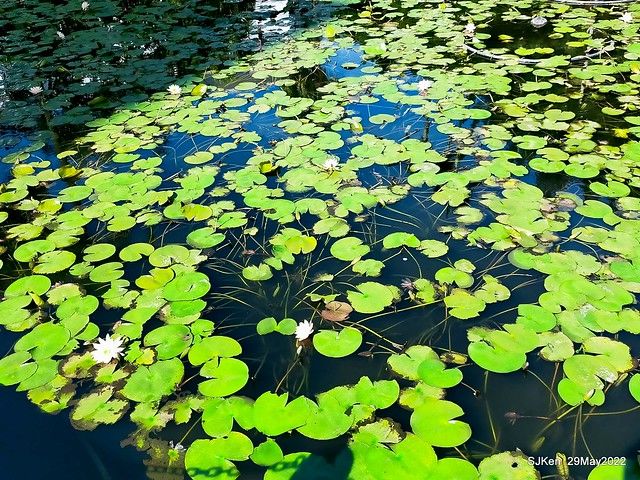
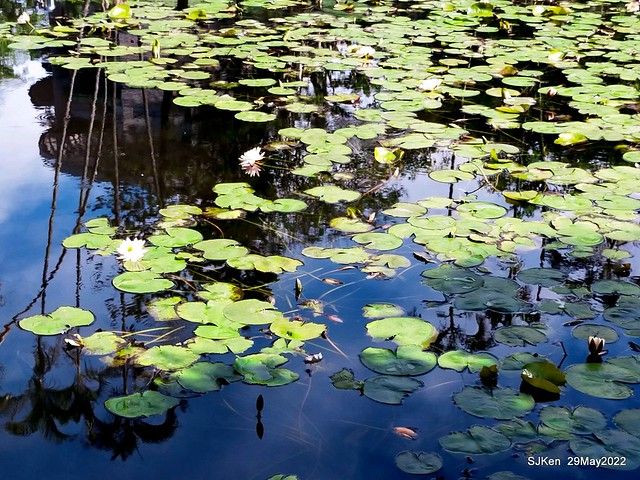




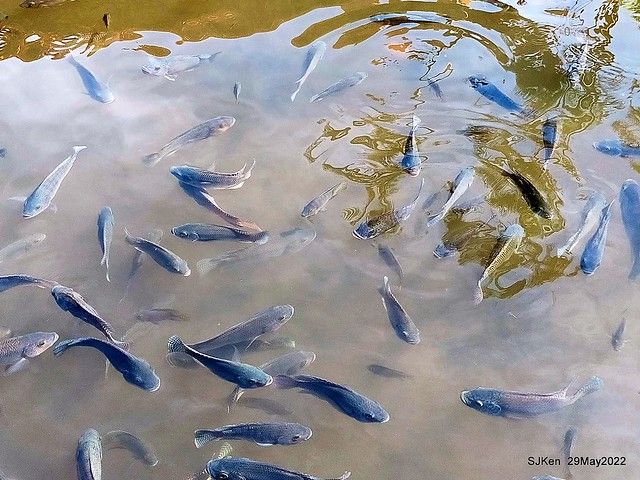
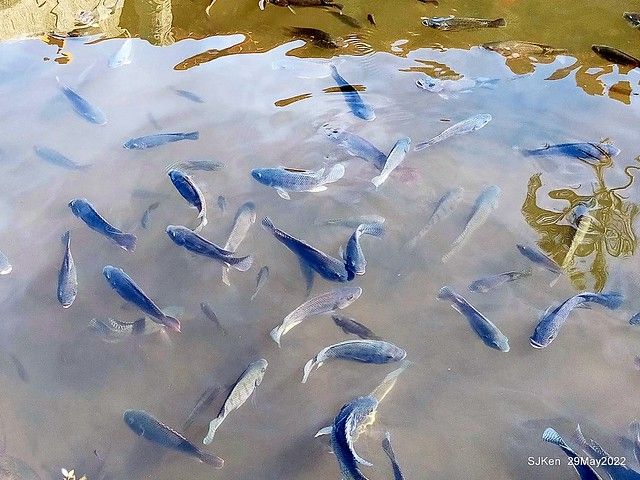

"National Taiwan Art Education Center" (referred to as Art Education Center) is located in Nanhai Academy, Zhongzheng District, Taipei City, Taiwan Province. It is affiliated to the Ministry of Education of the Republic of China and is a national cultural and educational institution that promotes art education in schools. It is responsible for the research and promotion of art education. In addition to tutoring tasks, the museum has an outdoor theater (Nanhai Arts and Culture Plaza) and an indoor theater (Nanhai Theater), as well as 3 exhibition rooms of Nanhai Academy. After shooting the water lilies that day, I originally wanted to go in and find out, but unfortunately, the opening time of 09:00 had not yet arrived, so I could only set foot on the way back with a happy mood after shooting the beautiful images of lotus and water lilies.

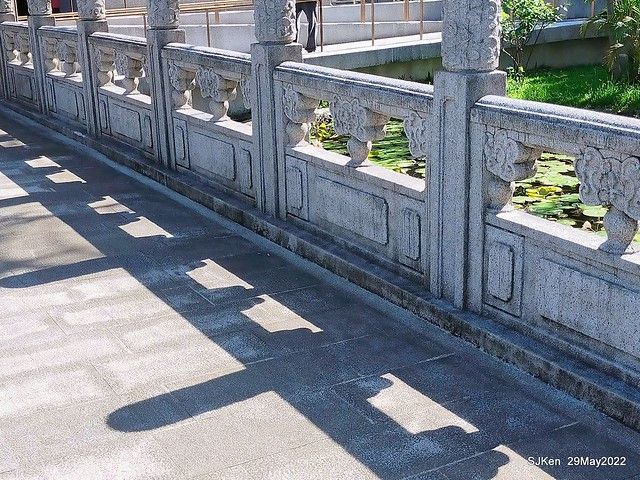
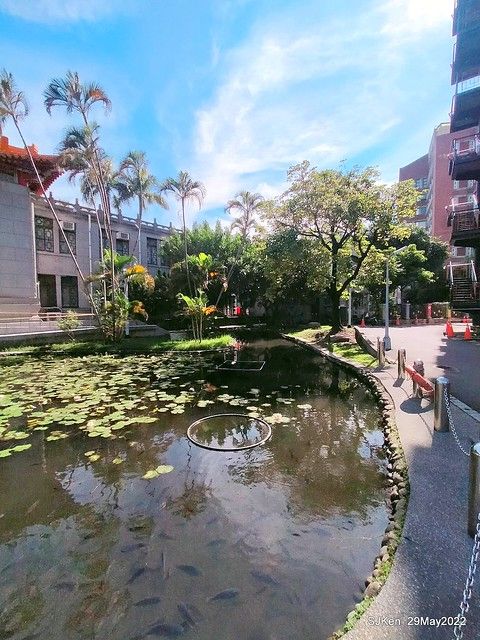
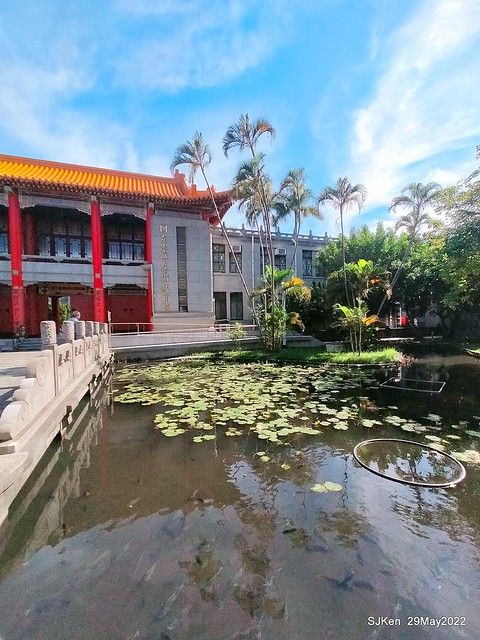

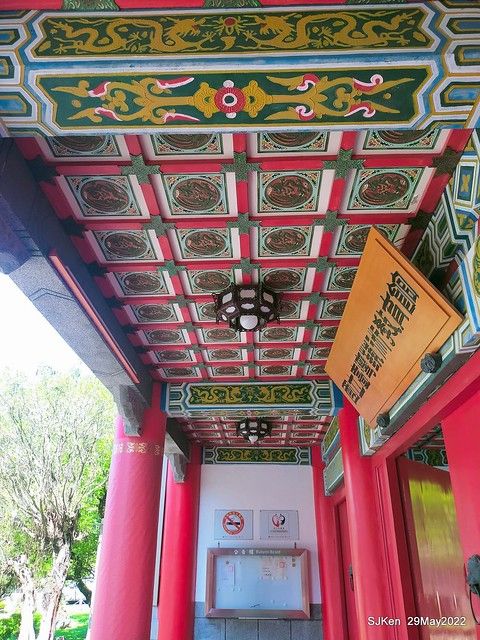
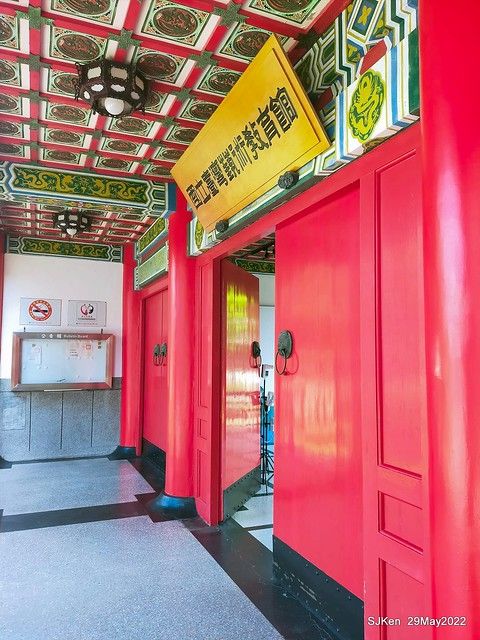

The water lily pond in front of the National Taiwan Arts Education Center
Address: No. 53, Nanhai Road, Zhongzheng District, Taipei City 10066
Tel: (02)02)2311-0574
Official website: National Taiwan Museum of Art Education
FB fan page: National Taiwan Museum of Art Education
Opening hours: Tuesday to Sunday 09:00 ~ 17:00
Closed days: Monday, Lunar New Year's Eve, New Year's Day (in case of special circumstances, it will be announced separately)
<How to get there>
take the bus
(1) 243, 248, 262, 304, 706 and get off at "Zhongzheng 2nd Branch Station".
(2) 1, 204, 630 get off at "Jianguo Middle School Station". (Note: This station has been cancelled due to MRT construction at present.)
(3) 3, 5, 18, 38, 227, 235, 241, 243, 295, 662, 663 and get off at "Nanchang Road Station".
(4) All buses on Roosevelt Road get off at "Nanmen Market Station".
(5) 1, 204, 630, 242, 624, 907, Heping Main Line, Lan 28 and get off at "Botanical Garden Station".
Take the MRT
(1) Exit 1 and 2 of Chiang Kai-shek Memorial Hall Station on Tamsui Line
(2) Exit 3 of Xiaonanmen Station on Xiaonanmen Line
(Note) The copyright of the pictures and texts of this article belongs to SJKen. You are welcome to share and reprint after indicating the original author's name and source. If you need to transfer it for commercial profit, please inform and obtain my written consent before commercial use. Agree, no downloading, reprinting, sharing, alteration, misappropriation must be investigated.
Like my work?
Don't forget to support or like, so I know you are with me..
Comment…